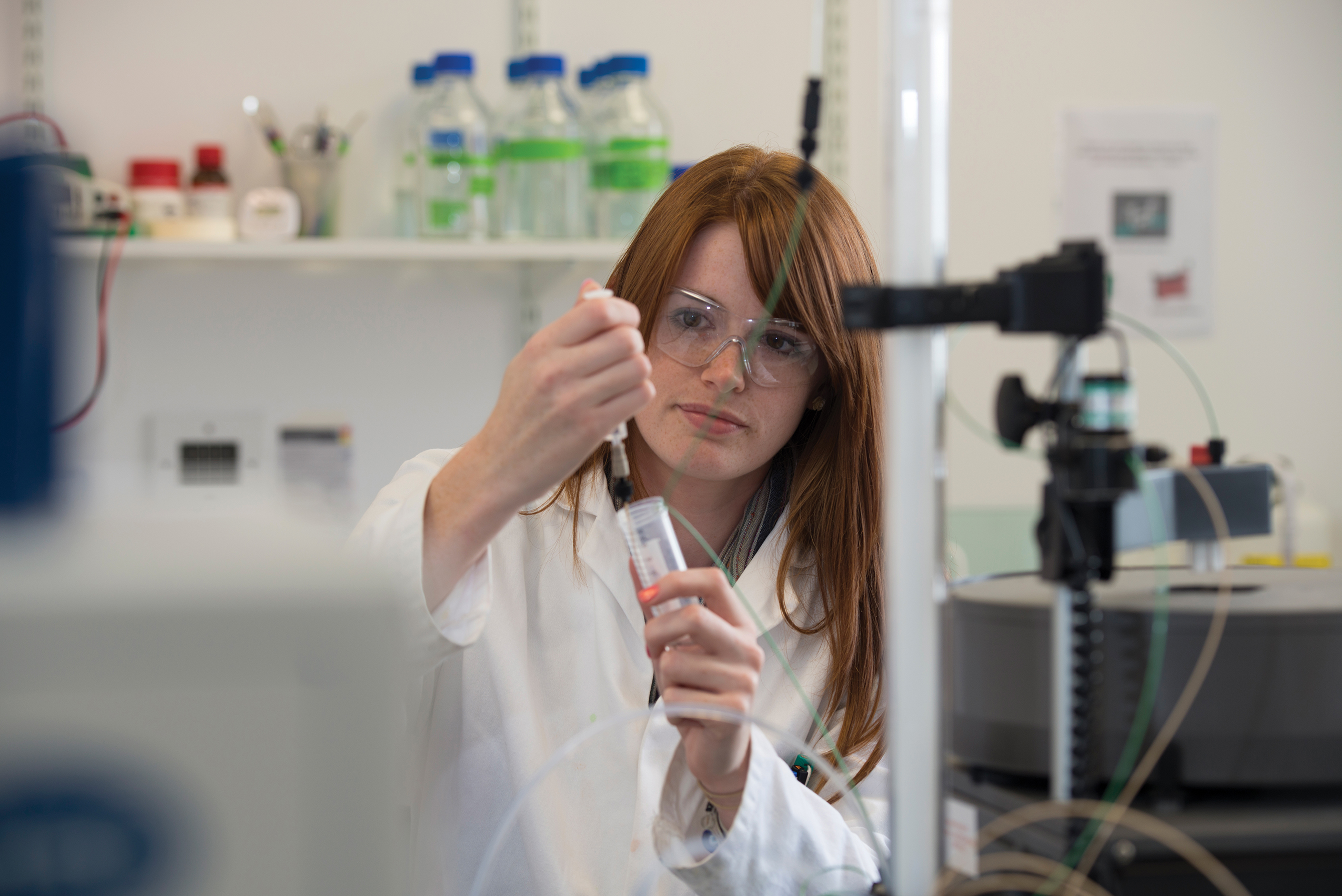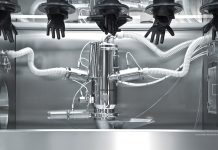One of the biggest challenges for science has long been the process by which researchers embrace different disciplines for the common good.
For some chemists, broadening their horizons means disputing the old adage ‘once a chemist always a chemist’ and recent times have seen clear signs that the new thinking is working, particularly in the marriage of chemistry and bioscience, leading to advances in the field of medicine as ‘silo thinking’ breaks down. A good example of this enlightened approach to chemistry has been occurring at the University of Southampton where there is a philosophy of combining different sciences to great effect. One example is the way they have developed a molecule that could potentially help treat type 2 diabetes and obesity, combining chemistry and bioscience.
The new molecule, called ‘compound 14’, inhibits the function of a cellular enzyme called ATIC, which is involved in metabolism, leading to the build-up of a molecule called ZMP in cells. This increase in ZMP makes cells think that they have run out of energy by activating the cell’s central energy sensor, known as AMPK, thereby causing cells to try and increase their energy levels by increasing glucose uptake and metabolism. The researchers found that activating AMPK with compound 14 led to a reduction in blood glucose levels, improved glucose tolerance and, at the same time, promoted weight loss in obese mice. Ali Tavassoli, Professor of Chemical Biology at the University of Southampton whose research team discovered and developed compound 14, started out his career as a synthetic chemist but a spell working in America broadened his horizons.
He said: “I was a synthetic chemist and that was how I viewed myself but by working as a postdoc in a multidisciplinary lab, I was exposed to the work of biologists and realised that the work I was doing had applications in bioscience as well. “It is important that chemists take that view. The space occupied by traditional chemistry has become filled over the past 100 years or so, and increasingly you have to look to the interfaces and broaden your approach. There is a lot of potential in using chemistry for applications in biology, physics, mathematics and computer sciences.
“The way we have set up the lab at Southampton is to do just that. The multidisciplinary approach does take our scientists out of their comfort zone, which in my opinion has the potential to make them better scientists. “But it is important to note that there are two philosophies out there, one of which tends to be driven by funding which says that you will need a separate chemist and a separate bioscientist for an interdisciplinary project to work. The obvious solution is to put them together, but that can sometimes feel like a forced collaboration. “Much better, I would argue, is the second way, which is to take a holistic view and integrate multidisciplinary skillsets into a single lab to give students knowledge of other disciplines.”
His team’s work on AMPK proved the point because it married chemistry and bioscience. Driving the work was the evidence from previous studies that if you could selectively activate AMPK with a small molecule, it could have potential benefits in the treatment of several diseases, including type 2 diabetes. Prof Tavassoli said: “Working in this way can be challenging for students and it does require a lot of adapting but it will widen the way they work and prove better for their career prospects and, by bringing together different disciplines, we are coming up with some exciting results. But ultimately the limits of a single lab’s interdisciplinary expertise will be reached and so good collaborations are essential.” The same view is held by Chemistry Department colleague Professor Phil Bartlett, an electro chemist. He has worked on a variety of projects that cross disciplines and said: “Electro-chemistry is a discipline that already allows you to work in different fields, everything from corrosion to fuel cells and biosensors and I think that is important because it keeps you fresh. You are learning new things all the time.
“Sometimes if you work in the same field all the time, you can get to a stage where you do not think there is much more you can do. “Finding out about other disciplines not only widens your own knowledge but it presents opportunities. You may be working on something which someone else can use. For instance, I was working on project dealing with colour on metal film which ended up feeding into work on DNA sensors. “I have always liked collaborative working and it can be a surprise what collaborations can throw up. Sometimes, they just drop into your lap. “I think it helps that the university does not erect barriers between the disciplines. They do not want people sitting in their own labs without contact with anyone else. “Remove those barriers, as we do at Southampton, and it makes it easier for people to work together and learn about each other’s disciplines. “It can be more difficult working collaboratively than on your own – you have to take into account what each other needs – but certainly for me, it keeps me interested.”














